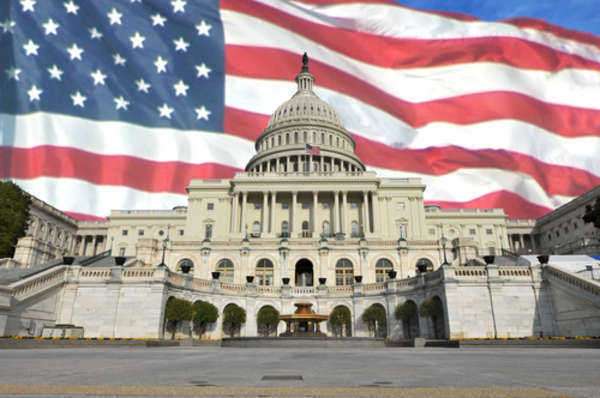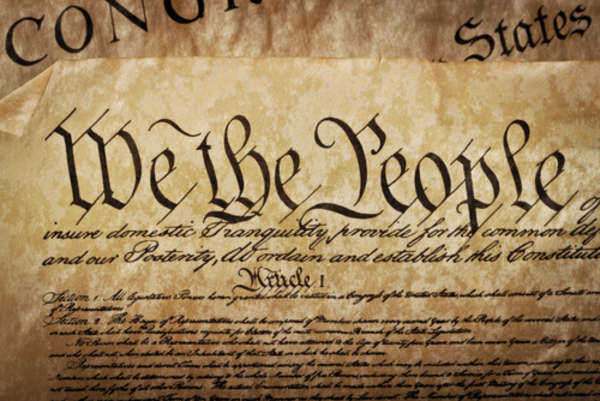Table of Contents

Introduction
Winning the presidency in the United States requires reaching the top majority, which is also known as the electoral college. The electoral college is an indirect voting system whereby citizens vote for “electors” who then cast their votes for the President and Vice President. The winner of the presidential election is the candidate with the most electoral votes, not necessarily the candidate that wins the popular vote. In this article, we’ll explore what it means to reach the top majority in the United States, how the electoral college system works, and some pros and cons of this system.
What is the Electoral College System?
The electoral college is a group of electors who represent their states in the presidential election. Each state has a certain number of electors, which is determined by the number of Representatives and Senators that state has in Congress. The District of Columbia is also allowed to participate in the electoral college, with three electors.The number of electors for each state varies, but the total number of electors is 538, which is equal to the total number of Representatives and Senators in Congress. To win the presidency, a candidate must have an absolute majority of the electoral votes, which is 270 out of 538.
How Does The Electoral College Work?
In the United States, the electoral college works as follows:
1. The citizens of each state vote for their preferred presidential candidate and their vice presidential running mate.
2. The votes are tallied, and the candidate that wins the popular vote in each state gets all of that state’s electoral votes.
3. The electors from each state then cast their votes for the President and Vice President, based on the popular vote in their state.
4. The candidate with the majority of electoral votes becomes the President, and the candidate with the second-most electoral votes becomes the Vice President.
Pros of the Electoral College System
1. Equal Representation of States
One of the primary advantages of the electoral college system is that it helps to ensure that all states receive equal representation in the presidential election. In a direct popular vote system, candidates would focus their campaigns on the most populous states, neglecting smaller states. Under the electoral college system, every state is significant in determining the outcome of the presidential election.
2. Precludes Voter Fraud
The electoral college also helps to preclude voter fraud by making it challenging for an individual candidate or party to influence election results. Since each state’s electoral votes are calculated independently, it’s not possible for any one candidate or party to manipulate the results in their favor.
3. Guarantees a Clear Winner
The electoral college ensures that the winner of the presidential election is determined by an absolute majority of the electoral votes. This prevents a situation in which a candidate who has only a slight lead in the popular vote, but not the majority, wins the Presidency. Instead, it sets a required majority that candidates must obtain.
Cons of the Electoral College System
1. Disregards the Popular Vote
The primary criticism of the electoral college system is that it can disregard the wishes of the popular vote who favored a particular candidate. If a candidate wins the popular vote but loses the electoral vote, the entire system is called into question. Such criticisms have led to renewed calls for the abolition or reform of the electoral college system.
2. Contributes to a Two-Party System
The electoral college system also contributes to the growth of a two-party political system, where only two major parties compete for presidential power. Since third-party candidates do not typically have full backing in several states, they are unlikely to win an election, leading to increased polarization and the lack of variation in candidates on offer.
3. Can Disadvantage Minorities
The electoral college system means that the votes cast by citizens in certain states may count for less than those others. This outcome can disadvantage some minoritarian groups and lead to their feelings of dispossession from mainstream politics. Political parties tend give attention concerns smaller or areas, therefore marginalizing constituents.
Conclusion
The electoral college system has contributed to the uniqueness of the United States’ political process. It has advantages, such as promoting the equal representation of states, precluding voter fraud, and guaranteeing a clear winner. However, it disregards the popular vote, contributes to a two-party system, and can disadvantage minorities.
The electoral college remains a subject of debate in the US, with some calling for the system’s abolition or reform. The importance of reaching the top majority means more than a simple majority of the popular vote in presidential elections in the US, and the debate on political representation continues in earnest.The electoral college is a system based upon majority, as opposed to plurality. The key difference is simply that a majority-based system will only provide for election success to the individual or party that earns over half the votes, while a plurality-based system will give election success to the individual or party that earns the most votes. The difference seems to be rooted in semantics, but it is important, especially when viewed in light of the electoral college, which changes the idea of majority from what it might be in a popular vote.
If the American presidential election system as established by the Second Article of the Constitution and the Twelfth Amendment were a plurality-based system, then a candidate voted for by only a small fraction of the country might win the election. This is because that candidate would only have to earn more electoral votes in the electoral college than all the other candidates in order to win. If there were a great many candidates, then each one would steal some votes from the others, and what would likely wind up happening is that no one of those many candidates would actually win a majority of votes, while one would win a plurality of electoral votes.
This would have the unfortunate side effect of resulting in a President-Elect who was not actually voted for by a majority of voters in the electoral college, and therefore, by extension was likely not voted for by a majority of citizens in America. Instead of such a system, then, the electoral college uses a system based on majority, in which the candidate with the most electoral votes still wins, but that candidate has to have at least half of all the total votes in order to successfully win the election outright. If no candidate earns such a majority of electoral votes, then the decision of which candidate wins the race would actually fall to the House of Representatives, according to the Twelfth Amendment.
The House of Representatives would be able to vote on the top three receivers of electoral votes, but would still need to reach a quorum to elect any of those candidates. The majority required of the electoral college is not a majority of citizens in the country and is detached from the popular vote. The majority is instead an absolute majority of electoral votes, which means that it is a majority made up of over half of all possible votes in the electoral college. This is different from a simple majority, which would be over half of all the votes that are actually entered into the system.
For instance, an elector can, theoretically, abstain from a vote, but this would not change the fact that the elector would be counted for purposes of determining an absolute majority of electoral votes. A given candidate can win an absolute majority of 270 electoral votes (at the current time) without, in theory, winning a majority of the popular vote. This is, however, difficult in practice, as most cases in which a candidate wins a majority of votes in the electoral college also involves that candidate winning a majority of the popular vote and those situations in which the candidate did not win the popular vote were very close elections.

























